Why Your Villains Suck (And How to Fix It).
Let’s face it—villains have come a long way since the days of twirling moustaches and over-the-top evil laughs. Today’s audiences don’t just want some cartoonish bad guy plotting world domination—they crave complex, layered antagonists who make them question their own moral compass.
The best villains make us squirm a little because we can almost root for them. Admit it—you’ve definitely had that moment!
In past posts, I’ve dug into why audiences are fascinated by morally ambiguous characters and how modern storytelling has moved beyond the whole good-vs-evil cliché.
But today, I will be going deeper. I’m about to spill the beans on 7 game-changing techniques for crafting antagonists who are so compelling that they’ll have your readers questioning everything.
 #1 – Integrate Societal Commentary.
#1 – Integrate Societal Commentary.
Forget the one-dimensional evil genius trope. Want your antagonist to stick in people’s minds? Make them challenge the world itself!
A villain who represents a real-world issue or calls out flaws in society becomes so much more than just a hurdle for the protagonist—they become a symbol of something way bigger.
When your antagonist’s worldview—while totally flawed—still highlights real injustices or uncomfortable truths, it hits different.
You’re not just making the audience hate them; you’re forcing them to confront their own biases and maybe even feel a little guilty.
Think about it: a villain who’s got a point is way more unsettling than one who’s just plain evil.
In Parasite, the real antagonist is the brutal class divide itself. The Kim family’s hustle to escape poverty isn’t just about money—it’s about breaking free from a system designed to keep them trapped.
Meanwhile, the wealthy Park family doesn’t even realize how their privilege indirectly crushes those beneath them. The result? A gut-punch of a story that makes you rethink privilege and power.
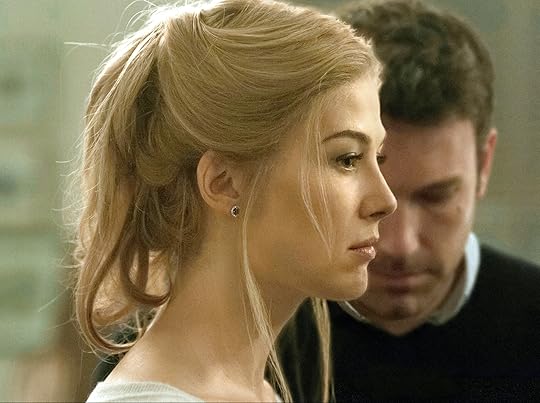 #2 – Employ Unreliable Narratives.
#2 – Employ Unreliable Narratives.
Want to mess with your readers’ heads? Make your antagonist unreliable as heck. Twist the story, blur the line between reality and perception, and make your audience question what’s true.
This kind of antagonist keeps everyone on their toes, including your protagonist, and adds a delicious layer of tension.
In Gone Girl, Amy Dunne is the queen of deception. Her meticulously crafted lies don’t just manipulate the characters—they mess with the audience too.
You think you’ve got her figured out, and then—BAM! Plot twist. It’s a masterclass in keeping everyone guessing.
To pull off an unreliable antagonist, try to play with narrative techniques—like switching perspectives or revealing key information at unexpected moments.
It’s about sowing doubt, leaving the audience constantly re-evaluating what they thought they knew.
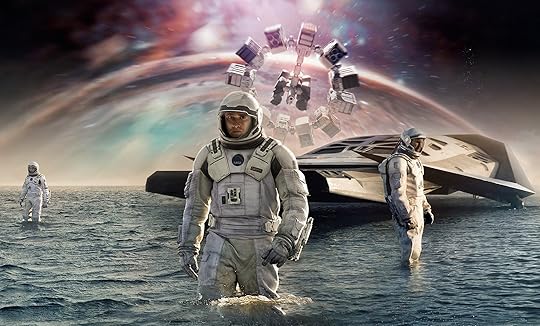
#3 – Utilize Existential Threats.
The best antagonists don’t just pose a physical danger—they shake up your protagonist’s entire worldview.
Make the threat personal, inevitable, and so deeply rooted in the protagonist’s core beliefs that it forces them to question everything they stand for.
Take Interstellar, where the existential threat is not only the survival of humankind but also the preservation of love and human connection in the face of vast, cold, and unfeeling space.
The antagonist, Dr. Mann, embodies the darker side of human survival instincts—his willingness to betray others for his own survival challenges Cooper’s core belief in the importance of sacrifice and human connection.
Moreover, the film itself presents space and time as antagonistic forces that threaten both the mission and Cooper’s bond with his daughter. The existential threat of losing human continuity and the personal threat of losing his daughter force Cooper to navigate a path that balances duty and love.
The key here is to make the threat feel personal and inevitable, pushing the protagonist to the brink of their convictions. Whether it’s a threat to their loved ones, their worldview, or their legacy, the antagonist should feel like a fundamental force that must be reckoned with.
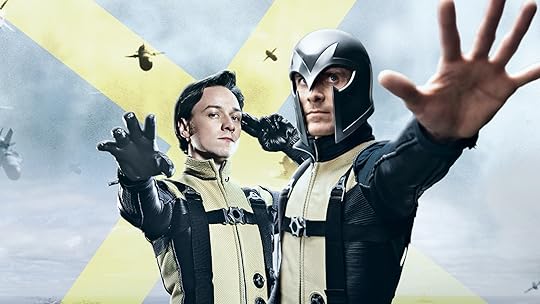
#4 – Create Symbiotic Relationships.
What’s better than a good-versus-evil showdown? A relationship where the hero and villain are two sides of the same coin.
When they’re connected on a deep, almost tragic level, the conflict feels inevitable—and way more interesting.
We can see that in X-Men: First Class, where Xavier and Magneto are friends turned enemies, and it’s heartbreakingly beautiful.
They want the same thing—mutant safety—but their paths to get there are worlds apart. Their relationship is so intertwined that they shape each other’s beliefs, making Magneto feel less like a villain and more like a dark reflection of Xavier.
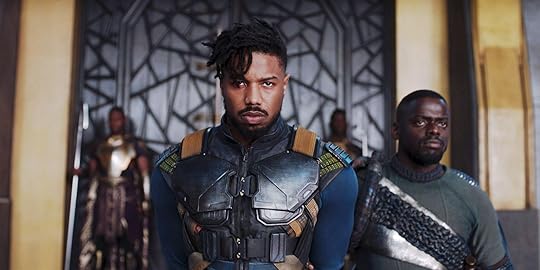
#5 – Incorporate Redemptive Arcs.
Redemption doesn’t mean your villain has to turn into a saint—it just means showing glimpses of vulnerability or regret.
Even if they don’t change, hinting at their humanity makes them way more interesting (and heartbreaking).
In Black Panther, Killmonger’s pain is palpable. Sure, his methods are brutal, but his motivation—wanting justice for his father and oppressed people—makes him relatable.
His death isn’t just a villain defeat—it’s a tragic end for someone who could’ve been a hero under different circumstances.

#6 – Blur the Lines of Reality.
Reality-bending antagonists are like storytelling dynamite. They destabilize the protagonist’s grip on reality and keep the audience questioning everything.
It’s perfect for psychological thrillers or stories that flirt with madness.
Nothing demonstrates it better than Inception. The antagonist is not a single person but rather the concept of doubt itself, woven through Dom Cobb’s own subconscious.
Cobb’s guilt and unresolved trauma manifest as Mal, his deceased wife, becomes the embodiment of his doubt and, therefore, the antagonist.
Her presence in his dreams constantly jeopardizes the mission. The blurred lines between dreams and reality force both Cobb and the audience to question what’s real. The film’s iconic ending, with the spinning top, leaves viewers lingering in ambiguity, showcasing how Cobb’s own mind becomes his greatest antagonist.
This approach adds a layer of unpredictability and immerses the audience in the protagonist’s confusion, making the antagonist seem almost omnipotent or transcendent.
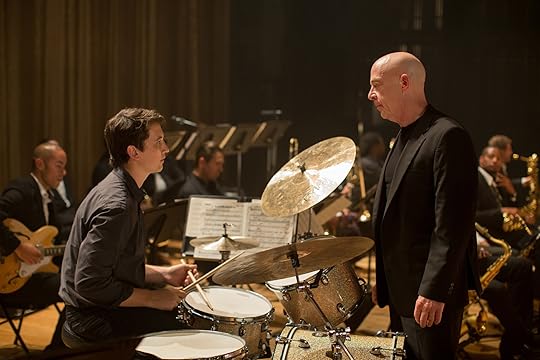 #7 – Reflect the Protagonist’s Inner Demons.
#7 – Reflect the Protagonist’s Inner Demons.
Sometimes, the real villain is the darkness within. Whether it’s unchecked ambition, suppressed rage, or a desire for control, the antagonist can personify the darker impulses that the hero is trying to suppress.
This internal external conflict externalized heightens the story’s emotional stakes, making the antagonist not just a physical threat but a symbolic one. It challenges the protagonist to confront their flaws rather than merely overcoming an external enemy.
Whiplash is a great example of it. Fletcher embodies Andrew’s ruthless pursuit of perfection and recognition. Fletcher’s harsh methods and relentless drive force Andrew to confront how far he’s willing to go to achieve greatness, blurring the line between mentorship and abuse.
Fletcher’s obsession with pushing musicians beyond their limits mirrors Andrew’s own deep-seated fear of mediocrity, making him both a mentor and a manifestation of Andrew’s darkest ambition.
As Andrew succumbs to Fletcher’s brutal training, it becomes clear that Fletcher is not just an antagonist but a reflection of the toxic dedication that consumes Andrew’s identity. By the end, the audience is left questioning whether Andrew has triumphed or lost himself entirely in his quest for perfection.
In Conclusion – Crafting an antagonist who’s more than just evil for evil’s sake is where the magic happens. Mix in societal commentary, unreliable narratives, existential threats, and complex relationships, and you’ll have a villain who sticks with your readers long after the story ends. Don’t be afraid to dive deep into the grey areas—because that’s where the most unforgettable villains live.
Have fun villainising!
Now it’s YOUR turn – Who’s your favorite villain ever—and why?
Would love to get your input in the comment box below.
The post Why Your Villains Suck (And How to Fix It). appeared first on Vered Neta.



